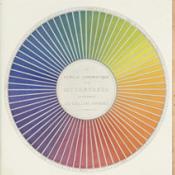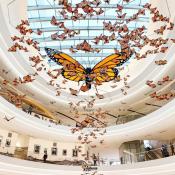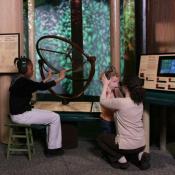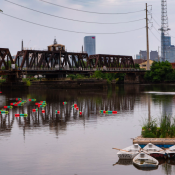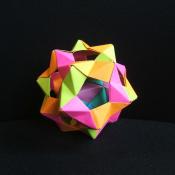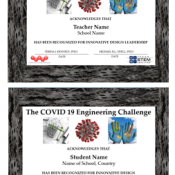Just trying this out
IMPACT POINTS
Researchers have found that artist-created visualizations of complex scientific concepts not only help the general public better understand--the help the scientists themselves understand the meaning of the data and devise next steps.
The way complex concepts like climate change and sustainability of the environment are presented is crucial in convincing people of the urgency. Using the arts can drastically increase comprehension.
Just looking at art improves your ability to think critically. Students from high-poverty schools, according to one study, experience an 18% effect-size improvement in critical thinking about art after a 1 hour tour of a museum.
The arts increase your likelihood of rising to the top of your field. Research has shown that the top scientists in the world, particularly Nobel prize winners, are 2.85 times as likely than average people to have an artistic hobby.
Research shows that students exposed to scientific concepts through artmaking retain it more and for longer--even months later!
A poll conducted by the scientific journal Nature found that 40% of the researchers surveyed have collaborated with artists, and nearly all of them said they would consider doing so in the future again.
Wilson, S. (2002). Information Arts: Intserctions of Art, Science, and Technology. MIT Press: 37.
Jacobsen, E. Comment on "The 60,000 Fallacy." Retrieved 4 May 2018 from https://policyviz.com/2015/09/17/the-60000-fallacy/.
Greene, J. (2014). The Educational Value of Field Trips. Education Next. Retrieved 16 May 2023 https://www.educationnext.org/the-educational-value-of-field-trips/
Root-Berstein, R. "Arts Foster Scientific Success: Avocations of Nobel, National Academy, Royal Society, and Sigma Xi Members." (2008) Journal of Psychology of Science and Technology, 1(2):51-63. Retrieved 15 May 2018 from https://www.researchgate.net/profile/Kendell_Pawelec/publication/247857….
https://releases.jhu.edu/2019/03/05/singing-for-science-how-the-arts-can-help-students-who-struggle-most/
https://www.nature.com/articles/d41586-021-00469-2
EXAMPLES OF PRACTICE
Pacific Standard Time: Art x Science x LA
Art x Science x LA is a range of exhibitions and public programs that explore the intersections between the visual arts and science, from prehistoric times to the present and across different cultures worldwide.
Kaleidoscope by Christopher Lutter-Gardella was an interactive art installation in the Mall of America with a 20 ft. monarch butterfly and over 300 small butterflies. The piece was created from waste stream materials and unveiled on Earth Day.
Wild Music: Sounds and Songs of Life
The Wild Music exhibit explores evidence for the biological origins of music through environmental soundscapes, interactive exhibits, and listening experiences. In the process, it expands our understanding of what makes music.
Tide Field is a project commissioned through Art@Bartram's initiatives to bring the community a better understanding of the relationship between Bartram's Garden and the Schuylkill River. Tide Field is an art installation of colorful buoys that are
Configuration Spaces of Rigid Origami
Configuration Spaces of Rigid Origami explores the intersection between origami, the ancient Japanese art of paper folding, and mathematics to predict how materials fold.
COVID-19 Engineering Design Challenge
The University of Texas at Tyler University Academy
Texas STEM Coalition (T-STEM)
International Council of Associations for Science Education (ICASE)
The COVID-19 Student Engineering Design Challenge provides students of all ages (primary, secondary and higher education) with a platform to identify and design solutions to challenges and worldwide problems related to the pandemic. Students are
READING LIST
ORGANIZATIONS
Arts in Medicine integrates all artistic disciplines throughout New York City's Health and Hospital system. Beyond serving partients, the program includes initiatives taimed at staff as a means to reduce reduce stress, support emotional health, and adress "compassion fatugue."
Artspace is a nonprofit that uses the tools of real estate development to create affordable, appropriate places where artists and communities can intersect and live.
National Art Education Association
The leading professional membership organization exclusively for visual arts educators advancing visual arts education to fulfill human potential and promote global understanding.
The Arts Impact Explorer was made possible thanks to the generous support of the Mellon Foundation and the National Endowment for the Arts. Additional support provided by the Doris Duke Charitable Foundation.
of the Arts + Social Impact Explorer

